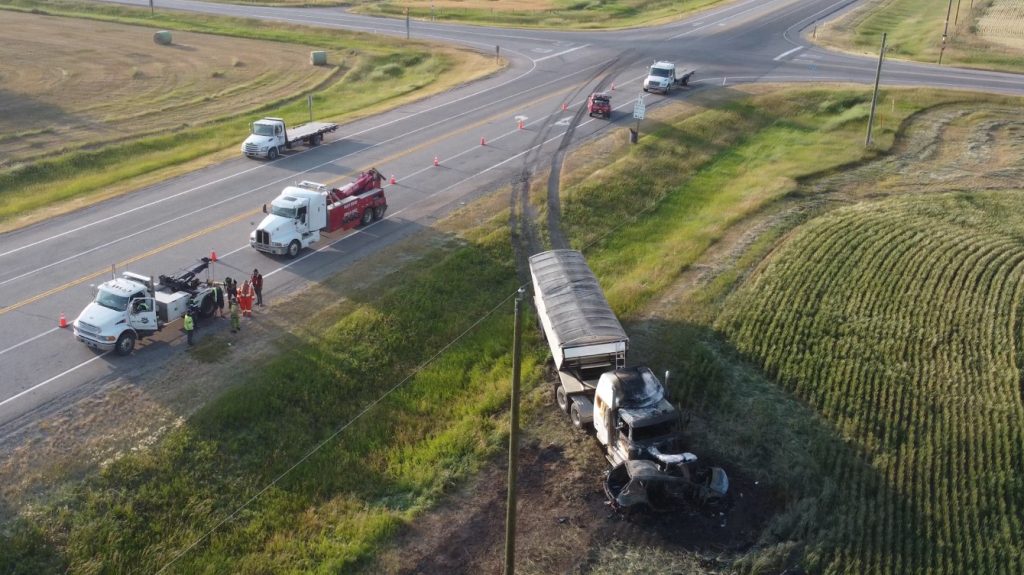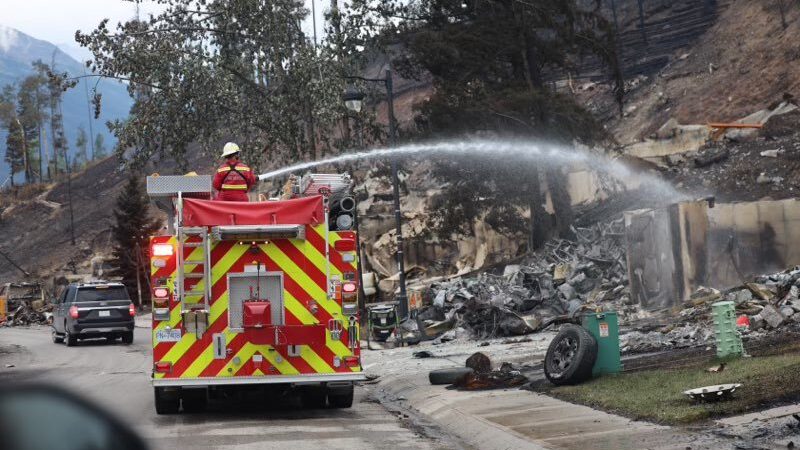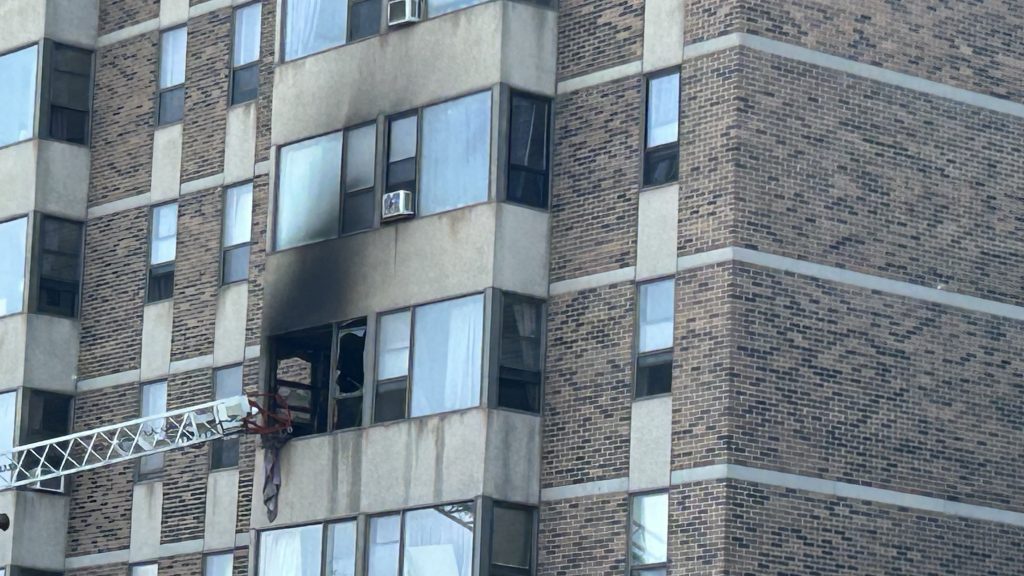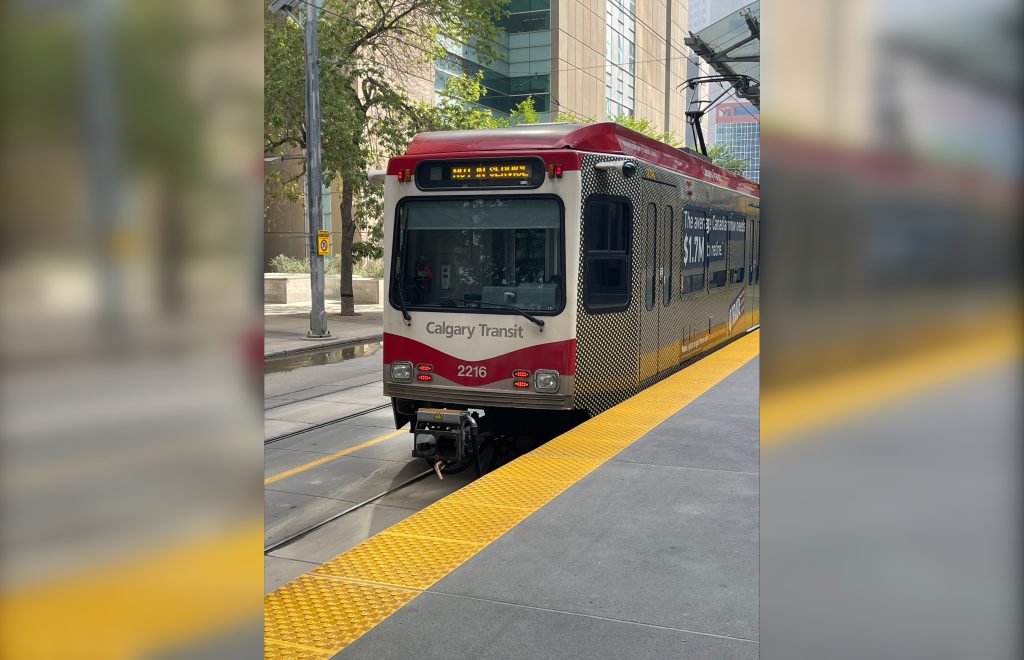AHS ‘optimistic’ amid decreases to EMS wait times, red alerts
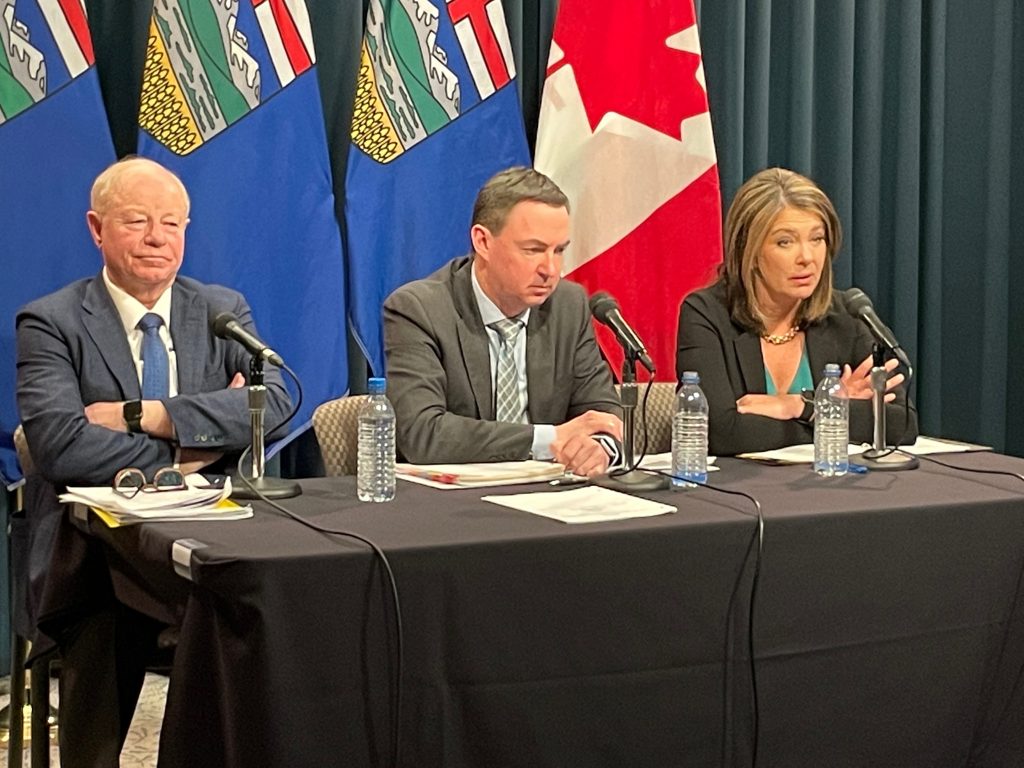
Posted Feb 27, 2023 4:03 pm.
Last Updated Feb 27, 2023 4:18 pm.
Alberta Health Services (AHS) administrator John Cowell says he is “optimistic” after he provided a 90-day update on the province’s health care.
Health Minister Jason Copping joined Cowell and Alberta Premier Danielle Smith to announce improvements to EMS response times, doctor wait times, and reduced alerts.
From November 2022 to the end of January, response times for “urgent calls” improved across Alberta in metro, urban, rural and remote areas, according to Cowell’s report.
He says EMS wait times are:
- down to 17 minutes in metro and urban areas from 21.8 minutes, which is five minutes faster than in November;
- down to 19.2 minutes in communities with more than 3,000 residents from 21.5 minutes or three minutes faster;
- down to 34.9 minutes in rural communities with fewer than 3,000 residents from 36 minutes;
- and down to 57.5 minutes in remote communities from 63.9 minutes.
Meanwhile, Edmonton has seen a 92 per cent reduction in the number of red alerts issued in January 2023 compared with the previous year, while Calgary has seen a 60 per cent reduction over the same time.
In addition, the province says wait times to see a doctor in an emergency department have decreased by around 10 per cent since November, and time spent in an emergency department for admitted patients was reduced by about five per cent.
Concerns for lab service wait times
When waiting to see a doctor, the province says, “more Albertans received care sooner when they visited emergency departments,” but this doesn’t acknowledge wait times that have been ongoing for lab services.
Under AHS, Edmonton-based DynaLIFE Medical Labs has been responsible for about 65 per cent of provincial lab work since December, including in Calgary, which amounts to almost 50 million annual tests.
However, wait times to receive blood work back from the lab, along with seeing anyone get started on the lab work, are anywhere from one month to two months.
Jacqueline Chow told CityNews that booking an appointment has been “almost a month out” and says there are issues with the website.
“Even if you have a scheduled time, [you’re] waiting well over an hour to even get into your appointment,” Chow said.
Related Video
She says service times have been challenging when trying to speak with someone over the phone.
Copping told reporters “help is coming” regarding wait times at DynaLIFE.
“There is some transition that’s going on, but we’ll get through this period of time right now,” Copping said.
“The intent behind this was actually to improve access to care, and access to this… it will work. But as we’re doing the transition right now, it’s challenging.”
Copping says part of the reason is due to staffing shortages, with AHS CEO Mauro Chies saying staffing has been part of the challenge.
“We expected some bumps as we go forward,” Chies said.
“We’re about 60 days into it… As they start to smooth line those and get trained into the systems and a little more accustomed with them, we’ll see the wait times get back to what Calgary was used to before.”
Related Stories:
-
Alberta signs $24B, 10-year health funding deal with Ottawa
-
Canadians split on healthcare privatization: survey
-
In Alberta, staff shortages led to major care home problems during pandemic
According to Cowell, by March 31, there will be 290,000 completed surgeries in the province. He says the goal for AHS is to bring wait times down to “medically recommended” amounts by March 2024.
“My reputation is on the line when I say something like that. And I would only say it if I believed it,” Cowell said.
“I truly believe that we are going to be able to get people who are waiting outside of clinically recommended guidelines within the next year inside those guidelines.”
Copping says 39,000 people have been waiting “too long” for the surgeries they need, and he says that number dropped to 35,000 in the 90 days.
“We have to be sympathetic,” Premier Smith said. “The fact of the matter is that even though we have fewer patients who are waiting outside the medically recommended period of time, there’s still 35,000 Albertans on that list.
“It’s a problem that has been probably two decades in the making. And whatever efforts have been made before to turn things around, haven’t been sufficient. And so we had to make sure that we identified the right measures, and that we’re showing continual improvement.”
According to the province, the number of assessed patients waiting in 14 hospitals across the province for a continuing care space was 179, which was lower than the 218 patients in the 2018-2019 year and lower than a reported 253 patients waiting in November 2022.
“There will be cynical thoughts out there. There’ll be doubts. But I share the doubts only in the sense of we still got more work to do,” Cowell said.
Meanwhile, the Alberta NDP said the numbers aren’t painting an accurate picture of a health system that remains in dire straits, with 32 hospitals partially closed due to staffing shortages. At the same time, women in rural Alberta have to travel great distances to give birth.
“What progress they are claiming in emergency rooms is largely due to the seasonal retreat of respiratory illnesses,” said Lori Sigurdson, who is the NDP’s seniors, housing mental health and addictions critic.
“The truth is the UCP have starved and attacked our health-care system for almost four years,” she said, adding the government tore up the contract with doctors three years ago and fought to cut nurses’ wages during the pandemic.
-With files from Tiffany Goodwein and The Canadian Press
